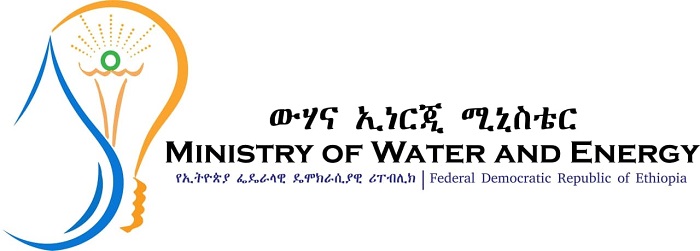Ethiopian Flood Management Project (P-176327)
መግለጫ
The Ethiopian Flood Management Project, led by the Ministry of Water and Energy in collaboration with Ethiopian Disaster Risk Management Commission (EDRMC) and Ethiopian Meteorology Institute (EMI), aims to strengthen Ethiopia’s disaster and flood risk management. Funded with $200 million by the World Bank, the five year project (2023–2028) focuses on people-centered flood protection in priority basins namelyAwash, Omo, and Rift Valley Lakes. Additionally, it conducts strategic studies in Abbay, Baro-Akobo, Wabi-Shebele, and Genale-Dawa to enhance long-term flood resilience.Upon its duration, the project is implemented comprising four primary components such as (Component 1)Strengthening Institutional and Coordination Capacity for disaster risk management, (Component 2)accelerating Flood Risk Management, (Component 3) Contingent Emergency response, and (Component 4) Project Management and Implementation Support.
Implementation Arrangements
Picture 1 : Financial Agreement Signatory Ceremony
Picture 2: Agreement b/n MOWE and contractor on Awash Basin fast track work
Picture 3: Middle Awash, Gelealo woreda River dredging and widening works under fast track
